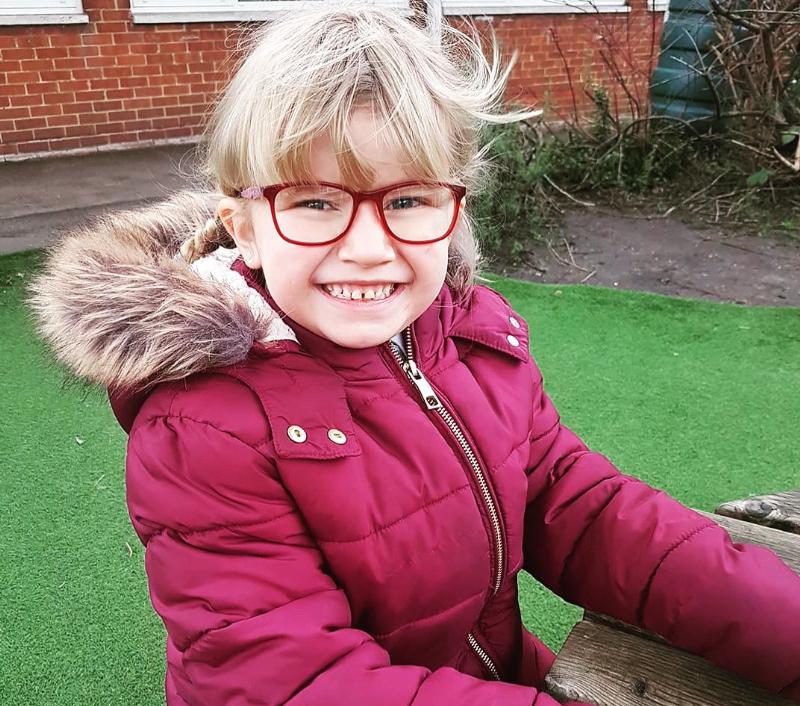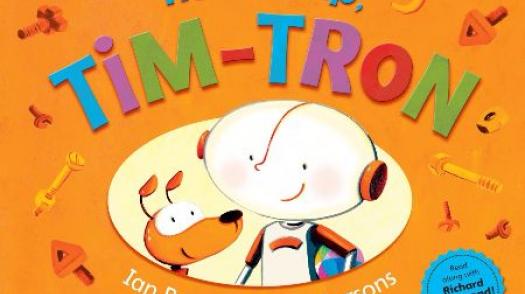This section looks at behaviour and offers ideas about how parents can deal with challenging behaviour.
Changes to the way a child behaves are very common after an acquired brain injury.1 And these changes can be very distressing to the people around them.2 After all, the way we behave is often considered a big part of who we are by the world at large.
Acquired brain injury can affect a child’s behaviour in complex ways. The brain is very much the ‘command centre’ for our thinking and our behaviour, and it can be affected by an injury in a very direct way.
A good example of this might be an injury to the parts of the brain responsible for attention. If a child has difficulties with their attention, then they might be:
- easily distracted
- having trouble focusing on something in school
- finding it hard to take things in, such as instructions
These things together might make a child’s behaviour challenging. They might be more fidgety in a classroom.
They may be over-excitable or may have trouble sitting still.3 So we can see that a ‘cognitive’ difficulty with attention – something that is quite common in children with acquired brain injury – can result in more challenging behaviour.
To complicate things further, a child’s self-esteem may be affected if they aren’t able to concentrate as they could before their injury. They may understand that they aren’t as able to do some things as they were before.
This emotional aspect might also have an effect on their behaviour.4 And some children may be reluctant to go to school.
We know that there can be complicated, overlapping relationships between the difficulties children with acquired brain injury experience.5 The overlapping nature of these difficulties can be tough on parents, particularly when we’re thinking about behaviour.
Parents may not understand what is behind a child’s behaviour, what has caused it, and how they can support their child. Teachers may not understand either. You may want to refer your child's teacher to our dedicated section on this site.
Some common behavioural difficulties
Children with acquired brain injury may experience some of the difficulties with behaviour below.
You may recognise some of them. It is difficult to know exactly why a child might behave in these ways.
Nonetheless, it can be useful for parents to think about what’s going on behind the behaviour. Let’s look at one of the examples below – that children may be ‘more irritable’ in their behaviour.
A child might feel overwhelmed by the situation they are in. They may be frustrated by something, and this can result in them being more irritable.
When you read the list, bear in mind that each child is different. And the way each child responds to an injury is just as individual.6 Children may be:
- more irritable
- overactive
- more impulsive – not thinking things through
- easily agitated, therefore more aggressive
- less able to deal with frustration, more hot-tempered
- prone to inappropriate sexual behaviour
- likely to make verbal outbursts 7, 8
- unable to ‘get going’ 9, getting stuck on work.
There may be a wider effect to these changes in behaviour. Children may have difficulties with friendships because of the way they behave.
Some children may find it easier to relate to younger children.10 Some children might not pick up on the subtle social rules that are around us every day.
They may not remember to say ‘pardon’ or ‘please’. Some children give away private information or ask inappropriate questions.11
All of these things might make it difficult for a child to ‘fit in’. There is the danger of misunderstanding. Children may be misunderstood as ‘naughty’, and their parents may feel unfairly judged by others.12
If children are misunderstood, there is the risk their challenging behaviour may increase. The key is in communication. The more people know about a child and their particular strengths and difficulties, the easier it should be for everyone.1
Where do these behavioural difficulties come from?
The reasons behind a particular kind of behaviour can be as varied and complicated as the behaviour itself.
Our brain is the most sophisticated part of our body and an injury to it may be just as complex.13
To find out why injuries to certain parts of the brain have certain effects, read our ‘beginner’s brain’ section.
But our individual behaviour isn’t just a matter of electrical signals flying around the brain. Sometimes, behaviour has a specific purpose.
Behaviour can be a way of communicating feelings, and it offers clues about what’s going on beneath the surface.
Children may feel that certain behaviours get them the attention they need. They might display certain behaviour to avoid a situation they find challenging or confusing.14
A child’s environment may also be an important factor. If a child is sensitive to noise, for instance, there may be an increased likelihood of challenging behaviour.15
It’s also important to consider the emotional difficulties many children with an acquired brain injury experience. They may feel anxious, depressed, frustrated or ‘down on themselves’, and this can be very tough for the child and their family.
Some children may be experiencing grief or trauma.16, 17 Children may also be struggling with fatigue or their sleep patterns.18
They may be uncomfortable, in pain, or experiencing side effects from medication. All of these things have an impact on a child’s behaviour, as they would an adult’s behaviour.
So what can I do?
Behaviour may be a complicated subject, but there are some broad ideas that have been shown to be helpful.
It’s an easy thing to say (and not always easy in practice!), but evidence suggests a supportive, positive family environment can make a difference to a child’s progress.19, 20 It’s thought that a family’s attitude to their circumstances can be an important influence on the child.
A positive, realistic attitude may well be helpful for everyone.21 Being positive towards the child themselves can also be useful in ‘reinforcing’ good behaviour. Praising a child when they’re good can go a long way.
- Be specific about what the praise is for. For example: “You picked up all your clothes without being asked – that’s great”.
- Try to give praise as soon as possible after the good behaviour.
- Try to reward the behaviour, rather than the child. “It makes a big difference to me when you help me wash up”, rather than: “You’re a good boy”.14
Plan ahead and think about the ‘triggers’
We’ve talked about the way in which a child’s environment and circumstances can affect their behaviour. It can be useful to parents to plan ahead and think about where they are going and what they are doing.
If a child has sensitivity to noise, or to large numbers of people, is there a way of making it easier on them? Is there a way of avoiding too many people at once and overwhelming the child?
Planning ahead can go a long way towards reducing the likelihood of challenging behaviour. If it seems the ‘trigger’ for challenging behaviour is too much noise, try to give the child a quiet, private space of their own to relax. If the trigger seems to be messy or disorganised surroundings, help them organise their room and their things.14
Separating behaviour from child
It may not always be easy to spot what behaviour is the result of an acquired brain injury and what isn’t. 22 But it may be helpful to think about some of a child’s challenging behaviour as part and parcel of their injury. It’s easy to ‘fall into the trap’ of blaming the child – it’s a natural human response.
But it may be useful to try to keep the emphasis on the behaviour itself. What has caused it? What can we do to prevent it?
Psychologists talk about the importance of understanding the person. What things do they struggle with? What motivates them? Of course, this isn’t always easy in real life. But considering these things may make a difference.
Routine and structure
Most children with acquired brain injury benefit from structure, consistency and predictability in their daily lives.1. Our dedicated section on structure and routine explains the benefits and how to implement a routine.
Talking with children
As we’ve said, a child’s behaviour may be challenging when they don’t want to do something, or be somewhere. It can be useful to give them opportunities to express these feelings. Talking to children can be helpful in this regard – give them prompts to help them:
“Shall we take a break?”
“Have you finished what you’re doing?” This may help them express their feelings without resorting to challenging behaviour.
The way adults speak with a child is discussed at more length in our dedicated section on talking with a child with a brain injury.


